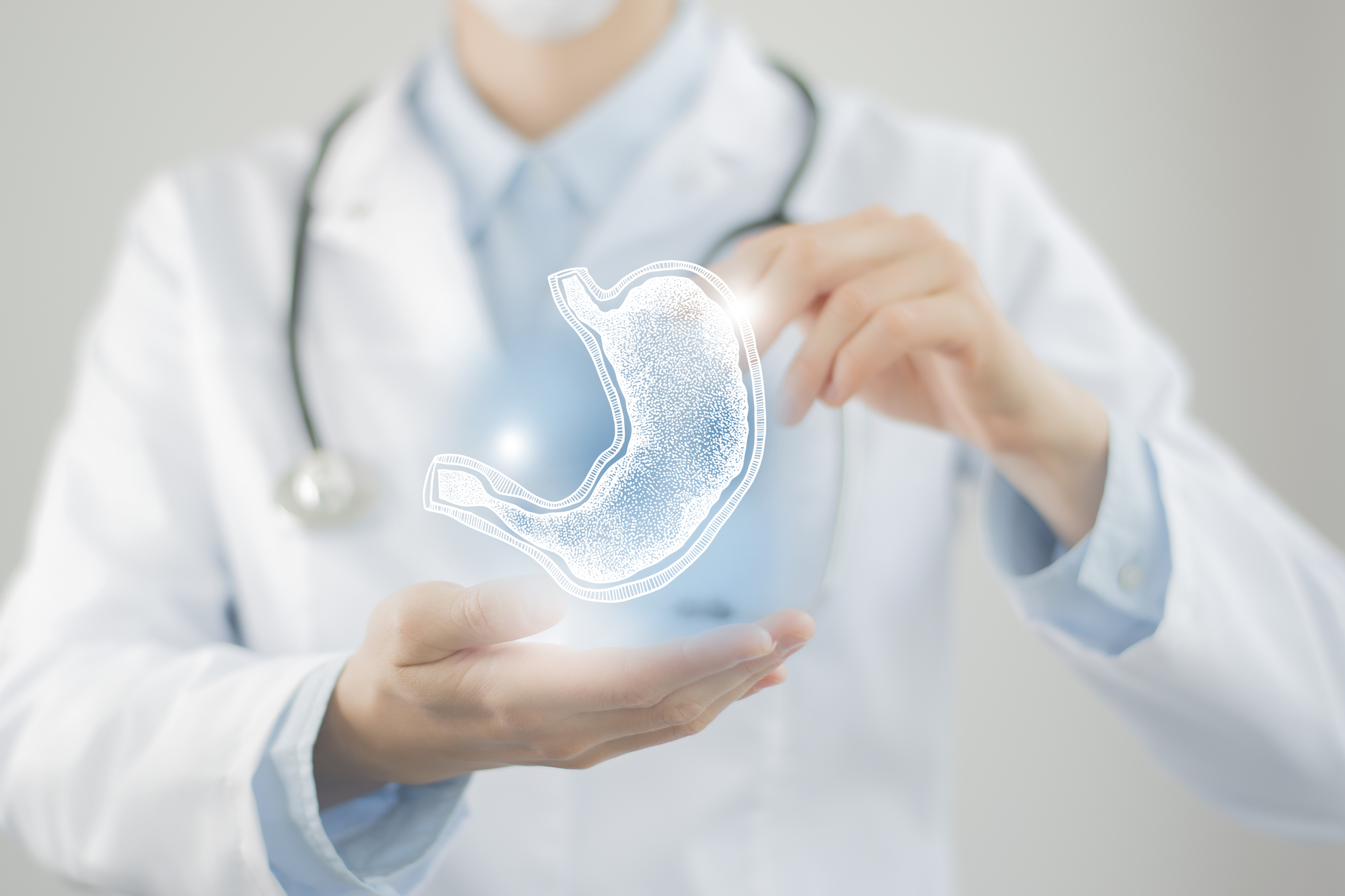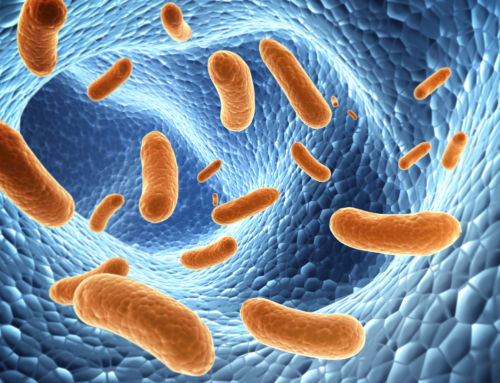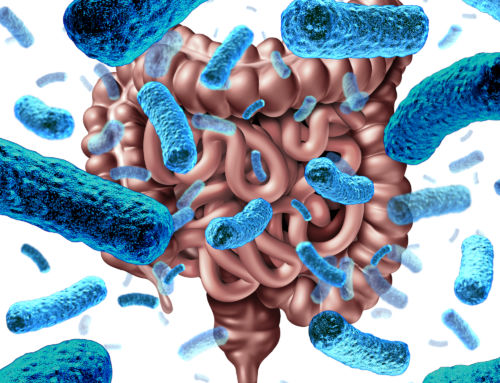Diabetes Care. June 2000 v23 i6 p860.
Full Text COPYRIGHT 2000 American Diabetes Association
Delayed gastric emptying is a common and debilitating complication of longstanding diabetes [1]. Unfortunately, diagnosis of this condition with current scintigraphic techniques is limited by high cost, wide inter- and intrasubject variability, and exposure of the patient to low levels of ionizing radiation. Because the ingestion of lactulose results in the colonic production of lactate, carbon dioxide, and hydrogen ([H.sub.2]) gas, and because colonic [H.sub.2] is excreted by the lungs in direct proportion to the amount of lactulose being metabolized in the colon, lactulose-breath hydrogen testing can be used for the quantitative assessment of oral-cecal transit time in both diabetic and nondiabetic subjects [2,3]. Ingestion of complex carbohydrates, such as potato starch, also results in breath [H.sub.2] excretion [4]. We, threfore, hypothesized that breath hydrogen excretion would be abnormally prolonged in patients with previously diagnosed diabetic gastroparesis after ingestion of a potato-lactulose test meal compared with subjects without gastroparesis.
This 24-h pilot study consisted of 10 healthy nondiabetic control subjects, 10 diabetic subjects without gastroparesis (gastric emptying [T.sub.1/2] [less than]90 min), and 10 diabetic subjects with previously diagnosed gastroparesis (gastric emptying [T.sub.1/2] [greater than]90 min). Radionucleotide determination of gastric emptying was performed as previously described [5]. Gastric motility agents were withheld 24 h before study, and euglycemia was established and maintained overnight in diabetic subjects with a continuous intravenous insulin infusion. At 600 A.M., all subjects ingested a breakfast containing 100g dry-cooked potato starch and 20 g lactulose. Breath [H.sub.2] excretion was monitored at baseline and for 12 h after ingestion of the test meal. All subjects provided written informed consent before the study as approved by the University of New Mexico Human Research Review Committee.
Breath [H.sub.2] samples were analyzed in duplicate by gas chromatography using the QuinTron SC Hydrogen Breath Analyzer (QuinTron Instruments, Milwaukee, WI). Study data were analyzed using a repeated measures analysis of variance with posthoc application of Fisher’s least significant difference method of multiple pairwise comparisons, using SAS (SAS Institute, Cary, NC).
There was no significant difference in plasma glucose concentrations during the 12-h study period between the diabetic group and the gastroparetic group (P = 0.79). Baseline breath [H.sub.2] levels were elevated in the diabetic plus gastroparetic group (normal control group = 3.6 [plus or minus] 5.2, diabetic group = 4.1 [plus or minus] 5.9, diabetic plus gastroparetic group = 13.1 [plus or minus] 12.4 ppm; P = 0.06 compared with the groups with no gastroparesis). There was no significant difference between the groups in peak breath [H.sub.2] concentrations or in time-to-peak breath [H.sub.2]. However, the time course of breath [H.sub.2] concentrations was significantly different in the gastroparetic group compared with those of the other 2 groups by repeated measures analysis of variance (P[less than]0.01). Figure 1 shows that baseline-adjusted breath [H.sub.2] concentrations were significantly elevated in the diabetic plus gastroparetic group compared with the diabetic and normal control groups 12 h after i ngestion of the test meal.
Although current standards of practice call for a radionucleotide gastric-emptying study to aid in the diagnosis of gastrointestinal motility disorders in diabetic patients, the development of a functional test of upper gasrointestinal function after the ingestion of a solid meal may prove to be a valuable daignostic aid for patients affected with this problem [1,6-10]. This pilot study suggests that the presence of an elevated baseline-adjusted breath [H.sub.2] concentration, 12 h after the ingestion of an easily prepared test meal containing potato starch and lactulose, accurately identifies those patients with previously diagnosed diabetic gastroparesis. Such a test may prove to be a useful outpatient screening test for the identification of those symptomatic patients who should receive a more definitive (but expensive) scintigraphic study and those in whom the presence of gastroparesis can be excluded.
MARK R. BURGE, MD
MARK S. TUTTLE, BA
JODI L. VIOLETT, MD
CHRISTOPHER L. STEPHENSON, BA
DAVID S. SCHADE, MD
From the Department of Medicine/Endocrinology, University of New Mexico School of Medicine, Albuquerque, New Mexico.
Address correspondence to Mark R. Burge, MD, Assistant Professor of Medicine, Department of Medicine/Endocrinology-5ACC, University of New Mexico School of Medicine, Albuquerque, NM 87131. Email mburge@salud.unm.edu.
Acknowledgments — This research was supported by the University of New Mexico General Clinical Research Center (NIH NCRR GCRC Grant 5M01-RR00997) and by NIH National Institute of Diabetes and Digestive and Kidney Diseases Grant 1-K23-DK02680-01.
REFERENCES
(1.) Varis K Diabetic gastroparesis a review. J Diabetes Complications 5207-217, 1991
(2.) Sahota SS, Bramley PM, Menzies IS The fermentation of lactulose by colonic bacteria. J Gen Microbiol 128319-325, 1982
(3.) Sciarretta G, Furno A, Mazzoni M, Garagnani B, Malaguti P Lactulose hydrogen breath test in orocecal transit assessment critical evaluation by means of scintigraphic method. Dig Dis Sci 391505-1510, 1994
(4.) Levitt MD, Hirsh P, Fetzer CA, Sheahan M, Levine AS [H.sub.2] excretion after ingestion of complex carbohydrates. Gastroenterology 92383-389, 1987
(5.) Mettler FA The gastrointestinal tract. In Essentials of Nuclear Medicine Imaging. 4th ed. Mettler FA, Guiberteau MJ, Eds. Philadelphia, WB Saunders, 1998, p. 237-281
(6.) Loo FD, Palmer DW, Soergel KH, Kalbfleisch JH, Wood CM Gastric emptying in patients with diabetes mellitus. Gastroenterology 866485-494, 1984
(7.) Lartigue S, Bizais Y, Des Varannes SB, Murat A, Pouliquen B, Galmiche JP Inter-and intra-subject variability of solid and liquid gastric emptying parameters a scintigraphic study in healthy subjects and diabetic patients. Dig Dis Sci 39109-115, 1994
(8.) Schvarcz E, Palmer M, Aman J, Horowitz M, Stridsberg M, Berne C Physiologic hyperglycemia slows gastric emptying in normal subjects and patients with insulin-dependent diabetes mellitus. Gastroenterology 11360-66, 1997
(9.) Malmud LS, Fisher RS, Knight LC, Rock E Scintigraphic evaluation of gastric emptying. Semin Nucl Med 2116-125, 1982
(10.) Poitras P, Picard M, Dery R, Giguere A, Picard D, Maorais J, Plourde V, Boivin M Evaluation of gastric emptying function in clinical practice. Dig Dis Sci 422183-2189, 1997
Received 2 January 2001
Accepted 22 April 2001
Scand J Gastroenterol 2001 (12)
1278 M. Di Stefano et al.







